Stories: On the Farm
Jeff Palmer - Wee Waa, New South Wales, Australia
Farmer’s biodiversity project draws thousands of ducks during migration season

During the spring months, cotton farmer Jeff Palmer is hard pressed to find a tree that hasn’t been claimed by a migrating whistling duck.
On his farm at Wee Waa, New South Wales, a “relatively small” 35 megalitre dam is called home by thousands of Whistling Ducks that migrate to the family farm each year.
This year, the ducks have arrived early, with the first residents claiming their trees and swimming holes at the dam.
The peaceful landscape has been home to the migrating birds for the past 45 years – a project started by Jeff’s late father John.
“Dad loved nature and worked previously at a marine park. It explains his love for wildlife. When the ducks are here, they take over the place, you can’t find a branch without one,” Jeff said.
The dam was initially kept for water storage. John planted trees and it’s developed into a resource that Jeff describes as untamed – but that’s what the birds and wildlife like about it.
On his farm at Wee Waa, New South Wales, a “relatively small” 35 megalitre dam is called home by thousands of Whistling Ducks that migrate to the family farm each year.
This year, the ducks have arrived early, with the first residents claiming their trees and swimming holes at the dam.
The peaceful landscape has been home to the migrating birds for the past 45 years – a project started by Jeff’s late father John.
“Dad loved nature and worked previously at a marine park. It explains his love for wildlife. When the ducks are here, they take over the place, you can’t find a branch without one,” Jeff said.
The dam was initially kept for water storage. John planted trees and it’s developed into a resource that Jeff describes as untamed – but that’s what the birds and wildlife like about it.
From August to October, it’s a noisy location.
Jeff says there is a large variety of birds that use the dam, but it’s the unique whistle of the whistling duck he looks forward to each year.
The whistling duck is mainly found in northern and eastern tropics of Australia extending into New South Wales.
During the day, the Whistling duck congregates in large numbers with other waterfowl on lagoons, swamps and mangrove creeks fore preening and sleeping. At night, they fly off, often long distances to feed in grasslands.
“For our farm set up, the dam became a place where we could relax away from work. We released fish and today there’s plenty of Cod about one meter long,” Jeff said.
“Because we never let it run dry and have been intentionally breeding fish, the birds know it’s a reliable location for breeding. It’s been going on for about 45 years.”
Jeff grows about 100 hectares of cotton each year. Cotton is his main crop and rotates it with cereal crops and chickpeas – a nice size for a small operation.
For the past five years he has been trialling drip irrigation for water conservation and irrigates his crop with bore water.
“Our water use is very important, and I’ve been trying to droughtproof and futureproof our operation as much as possible,” Jeff said.
Jeff says there is a large variety of birds that use the dam, but it’s the unique whistle of the whistling duck he looks forward to each year.
The whistling duck is mainly found in northern and eastern tropics of Australia extending into New South Wales.
During the day, the Whistling duck congregates in large numbers with other waterfowl on lagoons, swamps and mangrove creeks fore preening and sleeping. At night, they fly off, often long distances to feed in grasslands.
“For our farm set up, the dam became a place where we could relax away from work. We released fish and today there’s plenty of Cod about one meter long,” Jeff said.
“Because we never let it run dry and have been intentionally breeding fish, the birds know it’s a reliable location for breeding. It’s been going on for about 45 years.”
Jeff grows about 100 hectares of cotton each year. Cotton is his main crop and rotates it with cereal crops and chickpeas – a nice size for a small operation.
For the past five years he has been trialling drip irrigation for water conservation and irrigates his crop with bore water.
“Our water use is very important, and I’ve been trying to droughtproof and futureproof our operation as much as possible,” Jeff said.

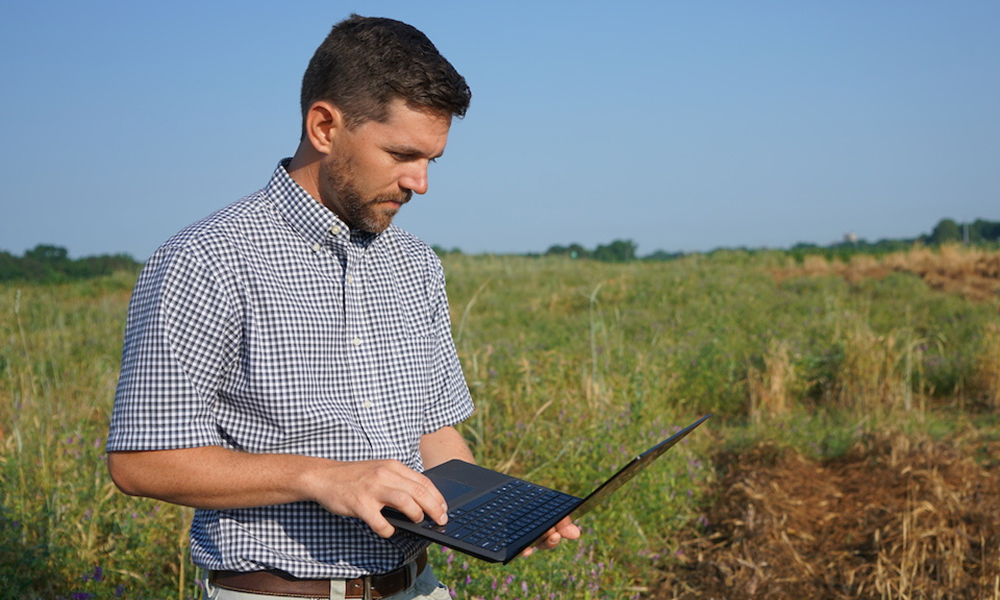
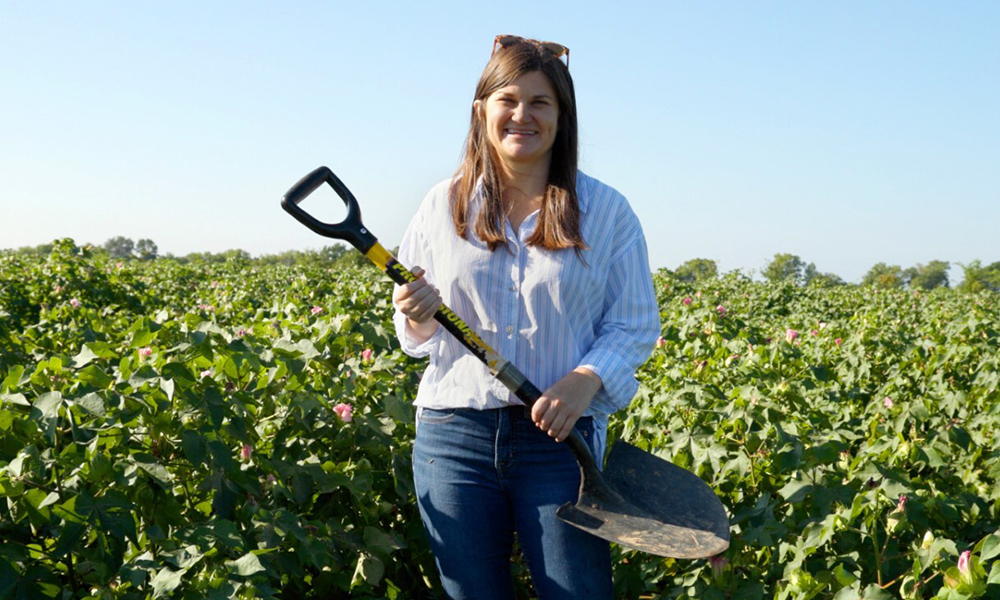
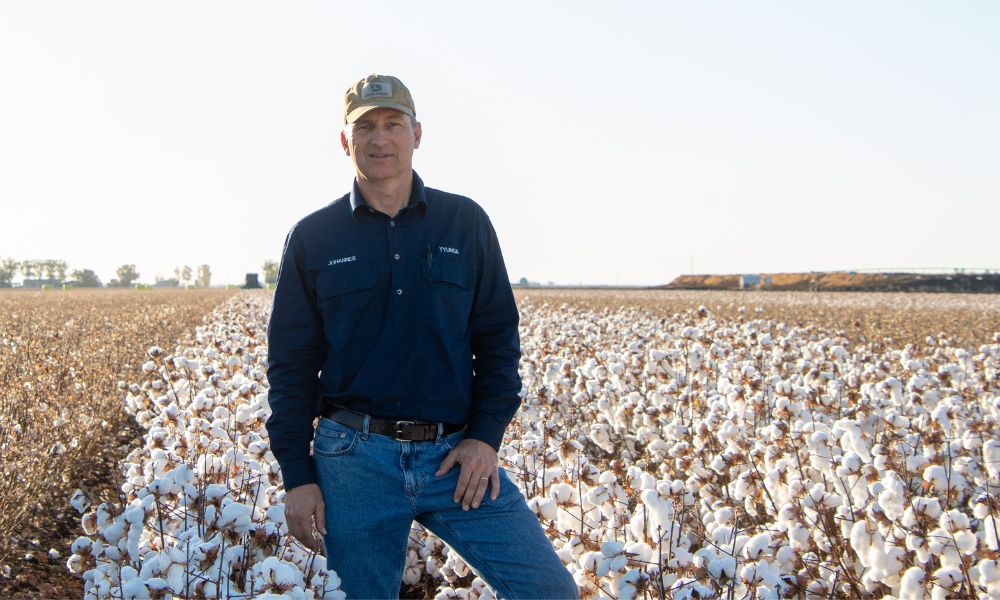
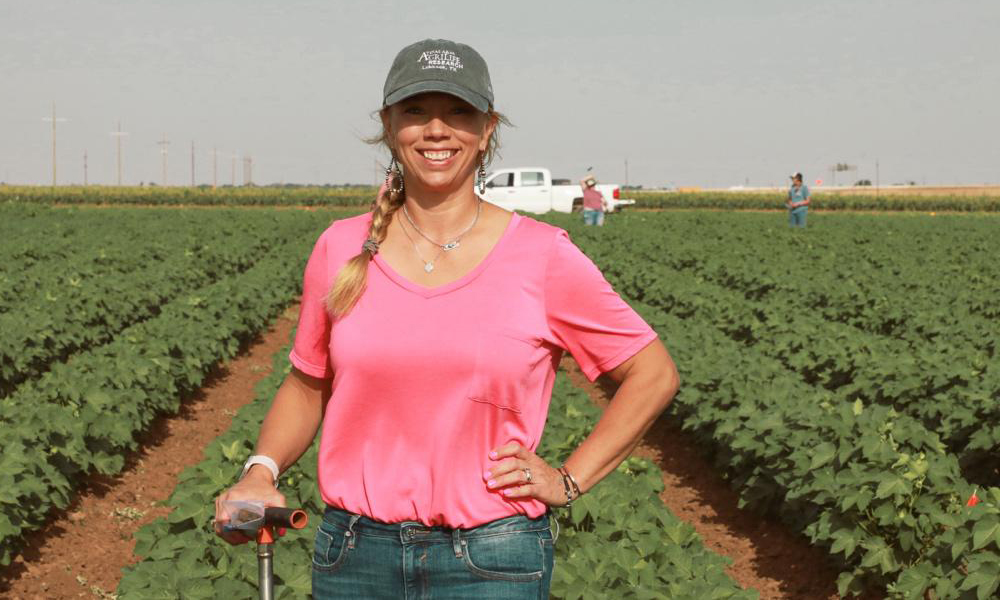

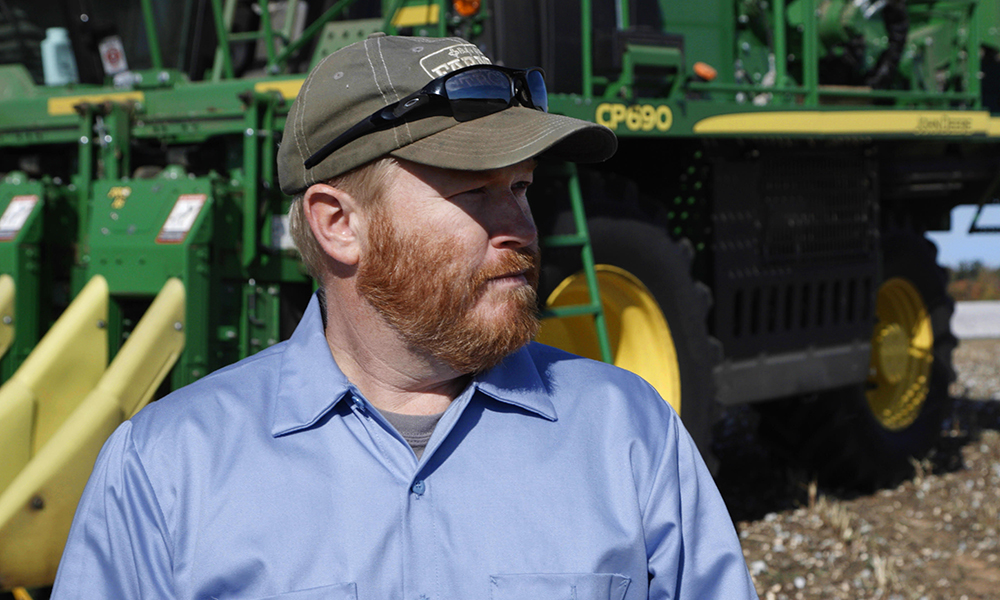
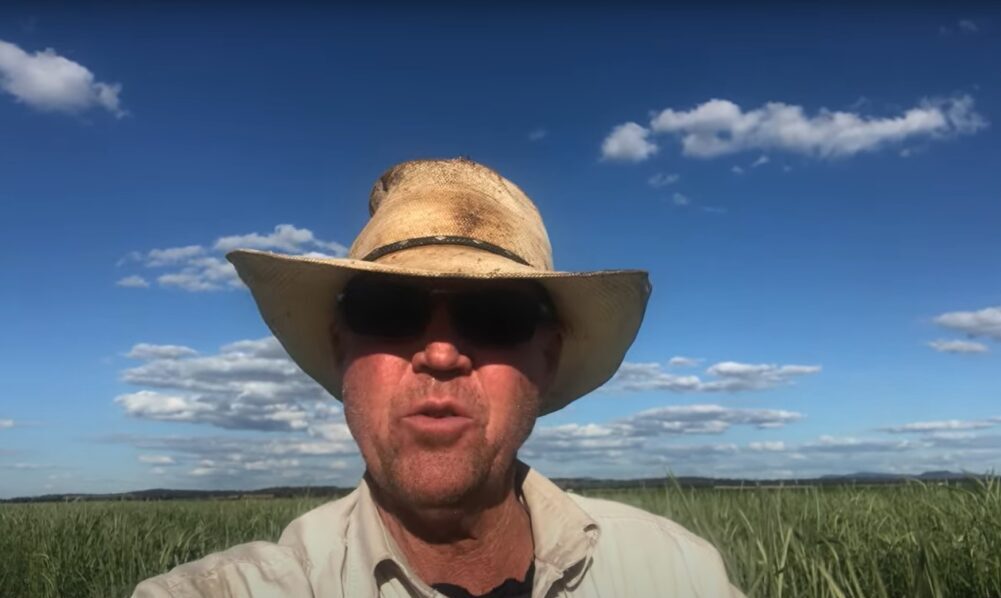
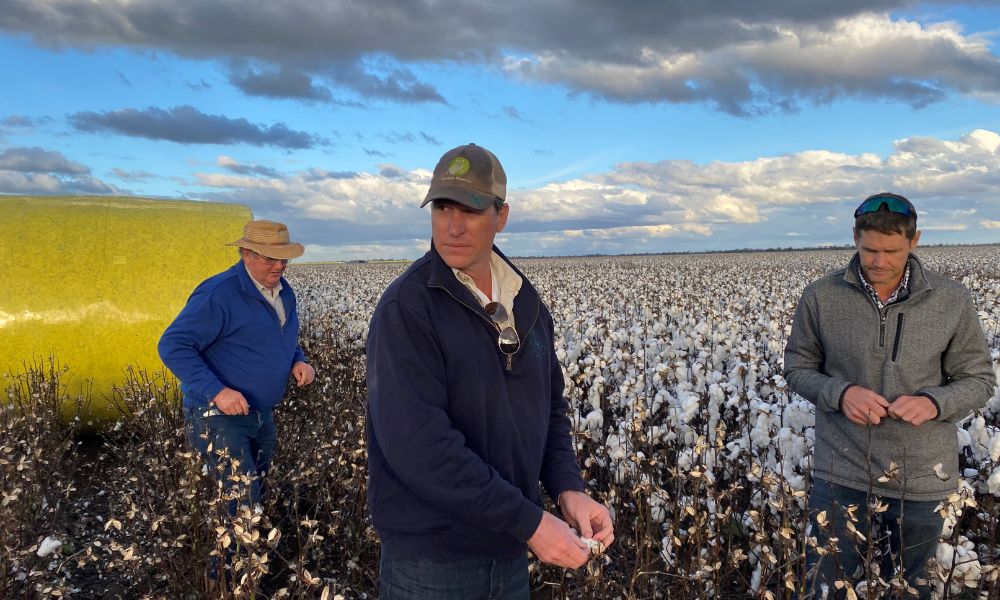
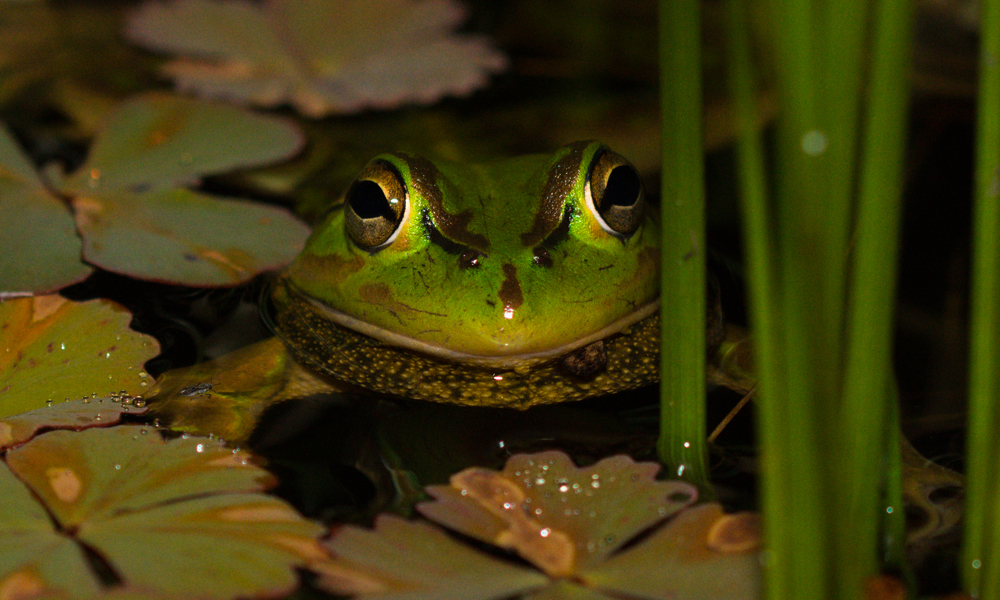
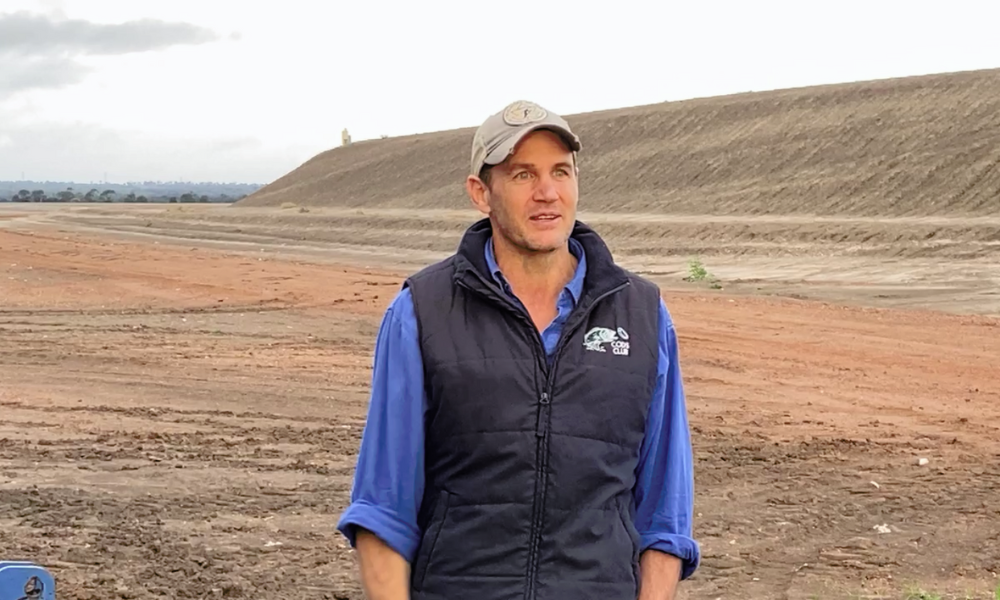
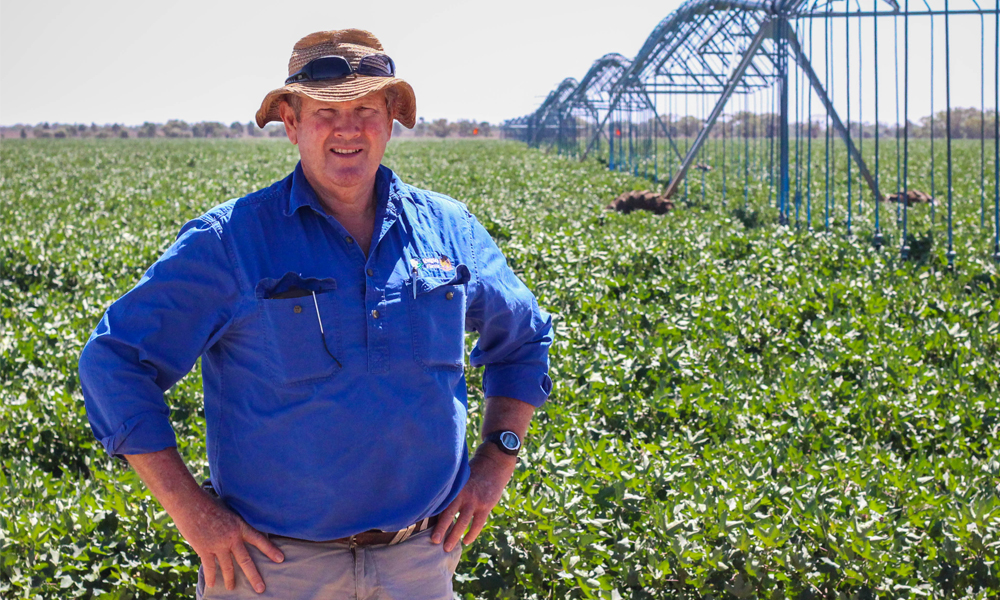
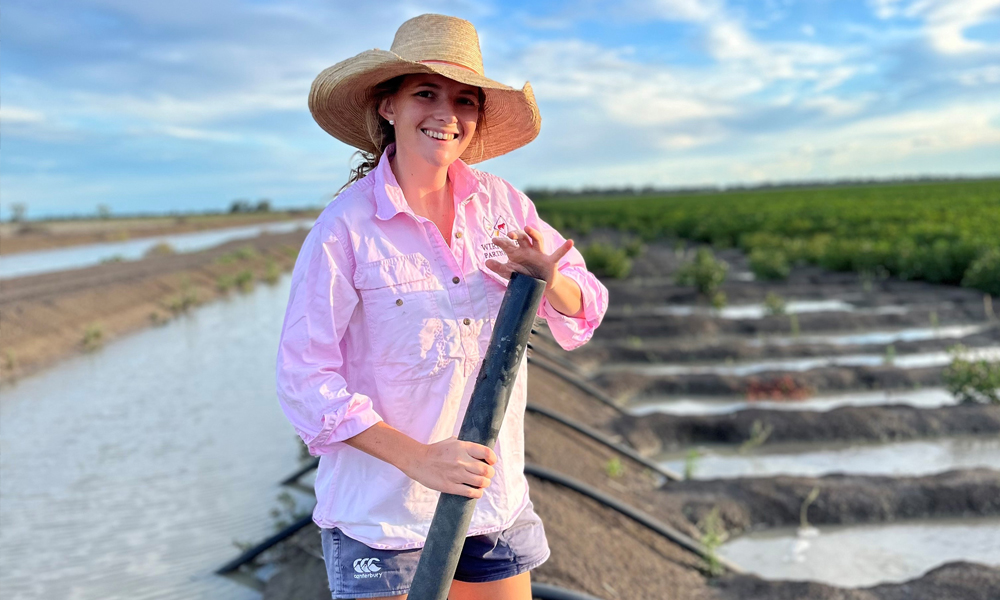

Recent Comments